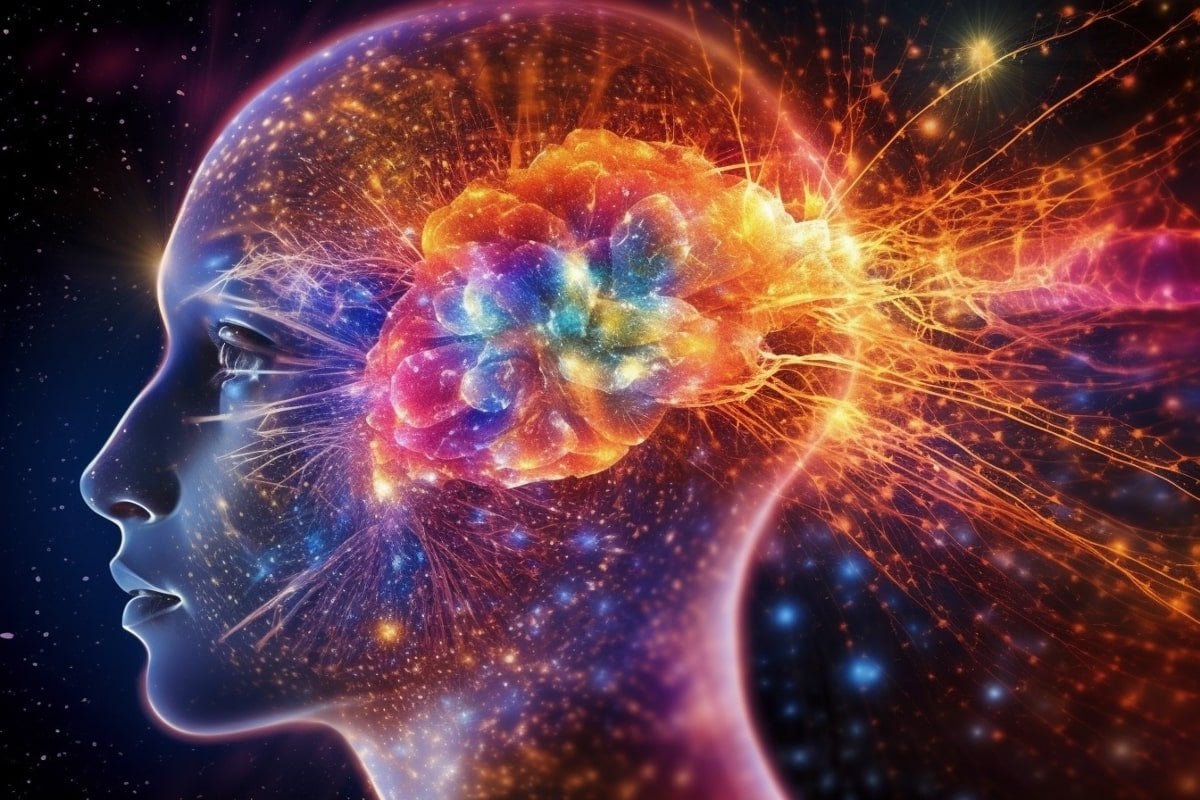
Summary: The neuroscience of consciousness explores the fundamental aspect of wakefulness and the higher-level cognitive perceptions, such as thinking and understanding.
Various theories, like the Global Neuronal Workspace Theory and the Integrated Information Theory, attempt to provide an explanatory framework for the conscious experience.
The advent of technologies like fMRI and EEG has further enabled us to identify neural correlates of consciousness, enhancing our understanding of this complex phenomenon.
However, despite advances, the neuroscience of consciousness is in its early stages and understanding how neuronal activity gives rise to subjective experiences remains a significant challenge.
Key Facts:
- The ascending reticular activating system (ARAS), a network of brain regions including the thalamus and brainstem, modulates our level of alertness and wakefulness, prerequisites for conscious awareness.
- The Global Neuronal Workspace Theory suggests that consciousness arises when information is globally available to multiple cognitive systems in the brain, a state achieved by a network of neurons broadcasting signals across various brain areas.
- The Integrated Information Theory posits that consciousness is a fundamental aspect of the universe and any system that possesses a certain degree of ‘integrated information’ experiences consciousness.
Source: Neuroscience News
The human brain, a marvel of evolution, holds mysteries that continue to baffle scientists. One such enigma is the phenomenon of consciousness – our subjective awareness of the world around us and our internal thoughts and feelings.
Despite centuries of philosophical discourse and decades of scientific investigation, consciousness remains a highly controversial and largely misunderstood aspect of human cognition.
Understanding consciousness begins with its most fundamental aspect – the conscious state, which distinguishes wakefulness from sleep, coma, or other unconscious states.
This ability to toggle between conscious and unconscious states hinges on the complex interplay within a network of brain regions called the ascending reticular activating system (ARAS), which includes the thalamus and the brainstem.
The ARAS modulates our level of alertness and wakefulness – the prerequisites for conscious awareness.
Yet, simply being awake is not equivalent to being conscious. Take, for instance, conditions like ‘locked-in syndrome‘ or ‘vegetative state,’ wherein individuals, though awake, may lack awareness.
This points to a higher level of consciousness – the conscious content, which includes our ability to perceive, think, and understand.
Various theories have attempted to explain conscious content. One of the prevailing theories is the Global Neuronal Workspace Theory, proposed by Stanislas Dehaene and his colleagues.
According to this theory, consciousness arises when information is globally available to multiple cognitive systems in the brain – a state achieved by a network of neurons, predominantly in the prefrontal cortex, broadcasting signals across various brain areas.
These ‘ignitions’ of widespread brain activity are thought to correlate with conscious perception.
Another influential theory, the Integrated Information Theory proposed by Giulio Tononi, posits that consciousness is a fundamental aspect of the universe, much like space and time.
According to this theory, any system – biological or artificial – that possesses a certain degree of integrated information, termed as ‘Phi,’ experiences consciousness.
While this theory provides a unique perspective on the hard problem of consciousness, it is less straightforward to test empirically.
Recent technological advancements like fMRI and EEG have made it possible to identify neural correlates of consciousness (NCC) – specific systems in the brain that correspond to conscious experiences.
For instance, research using these tools has indicated the critical role of the frontal and parietal cortices in conscious awareness.
Anesthesia, which renders patients unconscious for surgeries, contributes fascinating insights into the nature of consciousness. Anesthetics disrupt specific brain activity patterns, effectively ‘switching off’ conscious awareness, while maintaining functions like heart rate and breathing. This supports the concept that consciousness emerges from particular types of neural network activity.
Additionally, studies on patients with disorders of consciousness, brain imaging studies on meditation practitioners, and psychedelic research are providing fascinating insights into the nature of subjective experiences and self-awareness.
While we are beginning to unravel some secrets, the neuroscience of consciousness is still in its infancy. Consciousness likely involves a host of other processes, including memory, attention, intention, and social cognition.
Moreover, deciphering how billions of neurons conjointly give rise to subjective experiences or why we possess consciousness at all remain formidable challenges.
The exploration of consciousness is not merely an intellectual exercise. It has profound implications for understanding mental disorders, improving artificial intelligence, and even framing ethical guidelines for patient care and animal rights.
As we continue to delve deeper into the mind-brain conundrum, one thing is certain – our quest for understanding consciousness will continue to reshape our view of reality, cognition, and ourselves.
About this consciousness research news
Author: Neuroscience News Communications
Source: Neuroscience News
Contact: Neuroscience News Communications – Neuroscience News
Image: The image is credited to Neuroscience News
Citations:
“Change of ascending reticular activating system with recovery from vegetative state to minimally conscious state in a stroke patient” by Jang, Sung Ho et al. Medicine
“Neuroscience of consciousness in the locked-in syndrome: Prognostic and diagnostic review” by Berenika Maciejewicz. IBrain
“A neuronal model of a global workspace in effortful cognitive tasks” by Stanislas Dehaene et al. PNAS
“An information integration theory of consciousness” by Giulio Tononi. BMC Neuroscience
“The Neural Correlates of Consciousness and Attention: Two Sister Processes of the Brain” by Andrea Nani et al. Frontiers in Neuroscience
“Studies on the mechanism of general anesthesia”. by Richard Lerner et al.
PNAS
“A Single Belief-Changing Psychedelic Experience Is Associated With Increased Attribution of Consciousness to Living and Non-living Entities” by Sandeep M. Nayak et al. Frontiers in Psychology
"behind" - Google News
May 21, 2023 at 05:33AM
https://ift.tt/taSV5qU
Unlocking the Mind: The Neuroscience Behind Our Conscious Reality - Neuroscience News
"behind" - Google News
https://ift.tt/69Idk3h
https://ift.tt/DCEb6HU
Bagikan Berita Ini














0 Response to "Unlocking the Mind: The Neuroscience Behind Our Conscious Reality - Neuroscience News"
Post a Comment